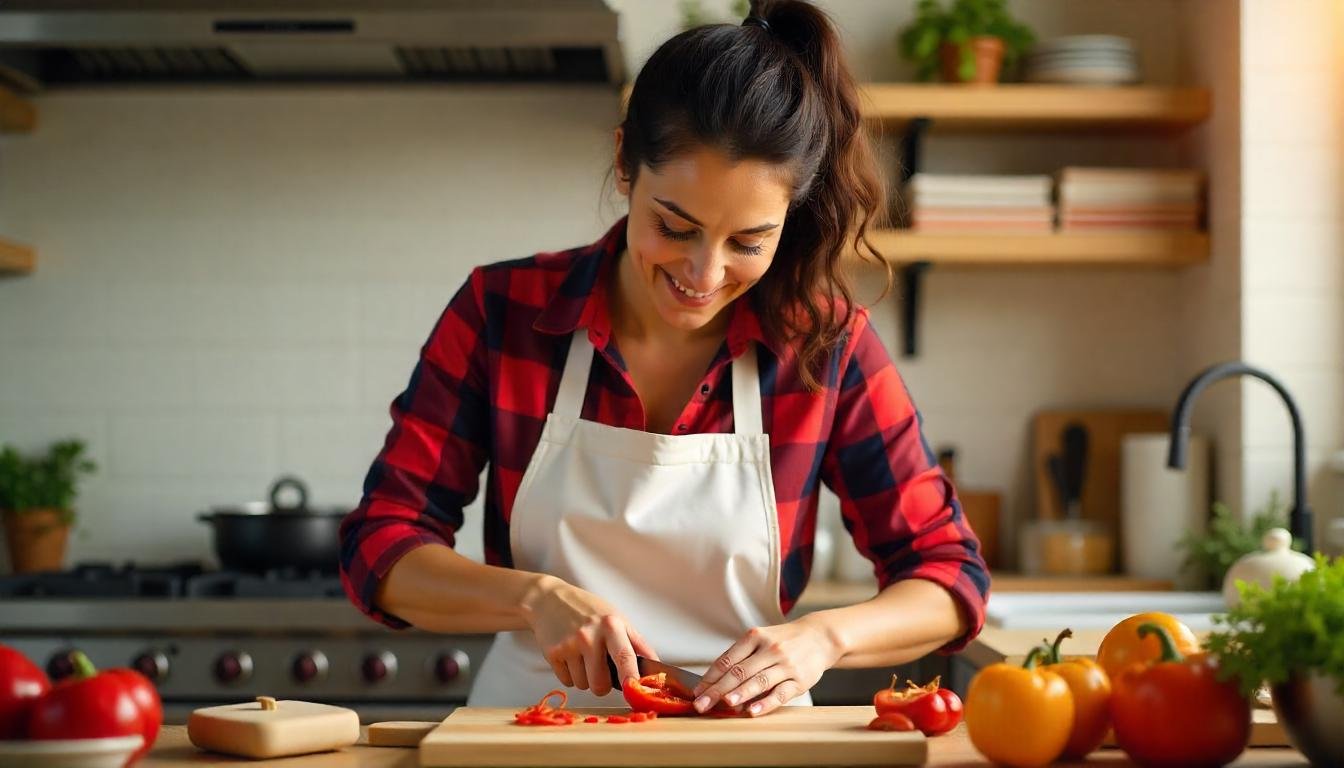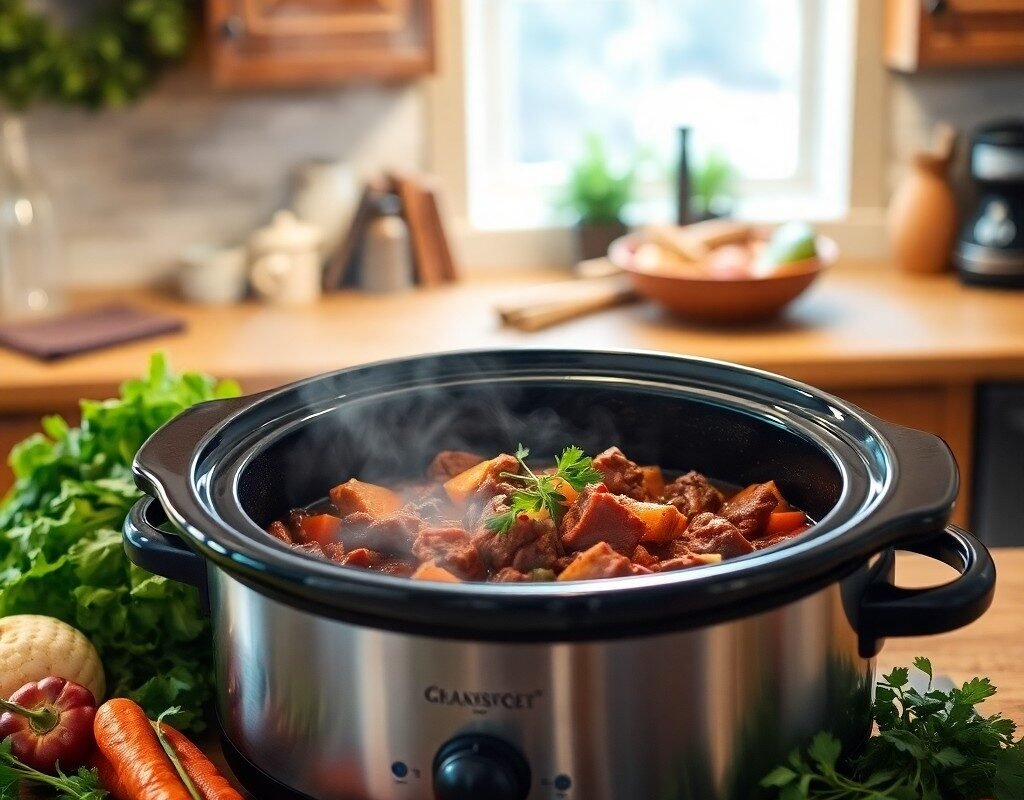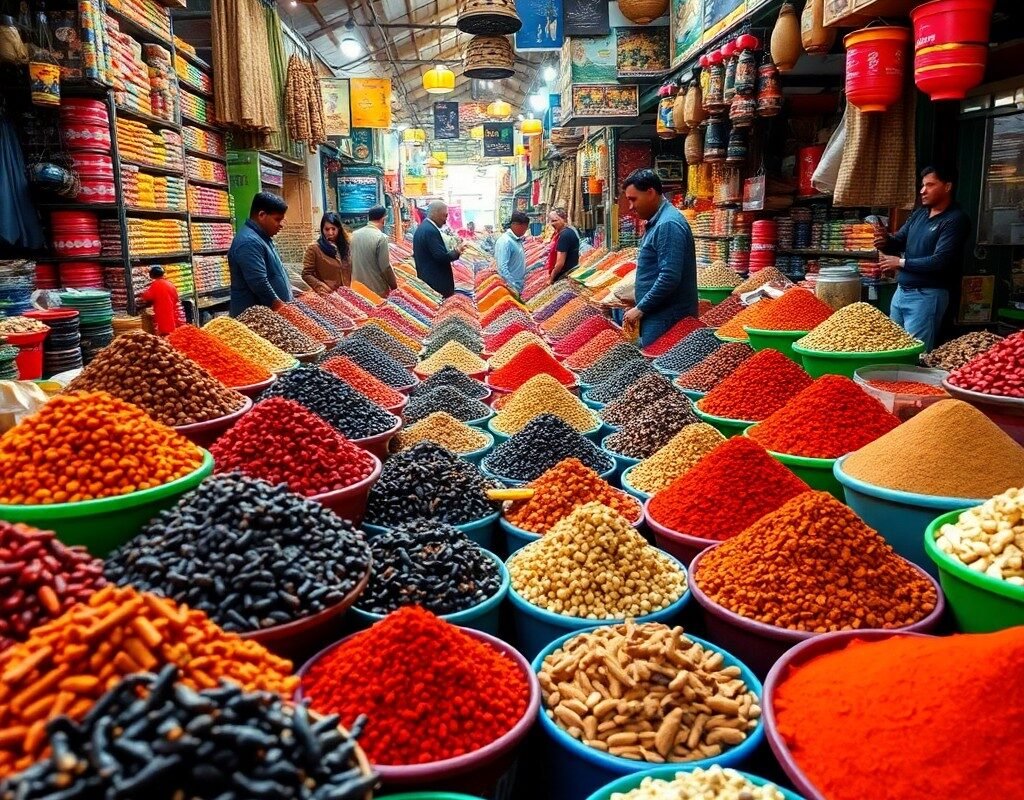Introduction
Cooking is much more than just a means to feed ourselves; it is both an art and a science that allows us to express creativity while understanding the underlying principles of food. Every dish we create in the kitchen tells a story, reflecting our tastes, experiences, and cultural backgrounds. In this blog post, we will explore the fascinating interplay between the art and science of cooking, discussing how these elements come together to create gastronomic delights. Whether you are a novice cook or a seasoned chef, embracing both aspects can elevate your culinary creations to new heights.
The Artistic Side of Cooking
Cooking is often seen as one of the most expressive art forms. The creativity involved in preparing meals allows individuals to showcase their personality and unique style through food.
1. Flavor Exploration
At the heart of cooking lies the exploration of flavors. Understanding how different ingredients interact and complement each other is crucial for creating memorable dishes.
- Balancing Flavors: Great cooking involves balancing the five basic tastes: sweet, salty, sour, bitter, and umami. Mastering this balance allows you to create dishes that are harmonious and satisfying.
- Seasoning and Herbs: The use of herbs and spices can transform a dish from simple to extraordinary. Experimenting with various flavor combinations can lead to delightful discoveries.
2. Presentation and Plating
The visual appeal of a dish plays a significant role in the dining experience. Thoughtful presentation can elevate a meal from everyday fare to a culinary masterpiece.
- Color Contrast: Incorporating a variety of colors on the plate not only makes the dish more visually appealing but also signals freshness and nutritional diversity.
- Plating Techniques: Using different plating techniques—like stacking, layering, or using negative space—can enhance the overall aesthetic of your dishes.
3. Culinary Creativity
The kitchen is a canvas for culinary creativity. Allowing yourself to experiment with flavors, textures, and techniques fosters innovation in your cooking.
- Inspiration from Cultures: Exploring global cuisines can spark new ideas and inspire you to incorporate diverse ingredients and cooking methods into your repertoire.
- Personal Touches: Adding your unique twist to traditional recipes allows you to express your creativity. Don’t be afraid to replace ingredients or modify techniques based on your preferences.
The Scientific Foundations of Cooking
While cooking is undoubtedly an art, it is also deeply rooted in scientific principles. Understanding the science behind cooking can enhance your skills and improve the quality of your dishes.
1. Heat Transfer Methods
Different cooking methods utilize various heat transfer techniques, influencing how food cooks:
- Conduction: This is direct heat transfer that occurs when food comes into contact with a hot surface (e.g., searing meat in a pan). It creates browning through the Maillard reaction, enhancing flavor.
- Convection: Involves the circulation of hot air or liquid around food (e.g., baking). This method ensures even cooking and provides crispy textures.
- Radiation: Cooking using infrared radiation (e.g., grilling) imparts smoky flavors while quickly cooking the exterior.
2. Chemical Reactions in Cooking
Many culinary techniques rely on chemical reactions that occur when ingredients combine or are exposed to heat:
- Emulsification: This process combines two immiscible liquids (like oil and vinegar) into a stable mixture, such as dressings or sauces. Understanding emulsification allows for versatile and flavorful preparations.
- Fermentation: A natural process that transforms sugars into acids or alcohol through microorganisms’ action. Fermented foods like yogurt and kimchi add depth of flavor and nutrition.
- Baking Chemistry: Baking relies heavily on precise measurements and chemical reactions between ingredients. For example, understanding how leavening agents work is crucial for achieving the desired texture in baked goods.
3. Flavor Chemistry
Flavor is influenced by various components, including aroma, taste, and mouthfeel:
- Taste Sensations: The combination of sweet, sour, salty, bitter, and umami sensations contributes to the overall flavor profile of a dish. Balancing these elements ensures satisfaction.
- Aroma Compounds: Aroma significantly impacts our perception of flavor. Experimenting with herbs, spices, and aromatics enhances the sensory experience.
- Texture: The mouthfeel of food is an essential aspect of culinary enjoyment. Consider how different textures—crunchy, creamy, chewy—interact in a dish to elevate its appeal.
Bridging Art and Science
The true magic of cooking occurs at the intersection of art and science. By understanding scientific principles while embracing creativity, you can unlock new dimensions in your culinary creations.
1. Recipe Development
When developing recipes, consider both artistic expression and scientific accuracy:
- Start with Inspiration: Begin with an idea or theme for your dish, then think about how to achieve it through flavors, textures, and techniques.
- Experiment with Ratios: Use scientific knowledge to understand ingredient ratios—this is especially important in baking where precision matters.
- Document Your Process: Keeping notes on what works (and what doesn’t) helps refine your recipes over time.
2. Continuous Learning
The culinary world is ever-evolving; staying curious fosters growth:
- Culinary Classes: Consider taking classes that focus on both technique and creativity. Hands-on learning can deepen your understanding of both the art and science of cooking.
- Cookbooks & Resources: Explore cookbooks that emphasize both creative recipes and scientific explanations behind techniques—these resources can be invaluable for ongoing education.
The Joy of Sharing Culinary Creations
Once you’ve honed your skills as a culinary artist and scientist, consider sharing your passion with others:
1. Host Themed Dinner Parties
Consider hosting themed dinner parties where you prepare dishes from a specific cuisine or region. This creates an engaging dining experience for your guests while allowing you to showcase your culinary skills.
2. Get Feedback
Encourage friends and family to share their thoughts on your dishes—constructive feedback can help you refine your techniques while boosting confidence.
3. Document Your Journey
Keep a cooking journal where you document recipes you’ve tried, modifications made, and personal reflections on your culinary journey. This reflection will help you track progress over time.
Conclusion
From kitchen creations to gastronomic delights, mastering the art and science of cooking offers endless opportunities for exploration and enjoyment. By embracing essential techniques, understanding scientific principles, fostering creativity, and sharing meals with others, you can elevate your culinary skills to new heights.
So roll up your sleeves, embrace the joy of cooking, and embark on this flavorful adventure—because every dish prepared is an opportunity for creativity and expression in the kitchen! Let each meal be a celebration of the art of cooking as you master your culinary craft one delicious dish at a time.




